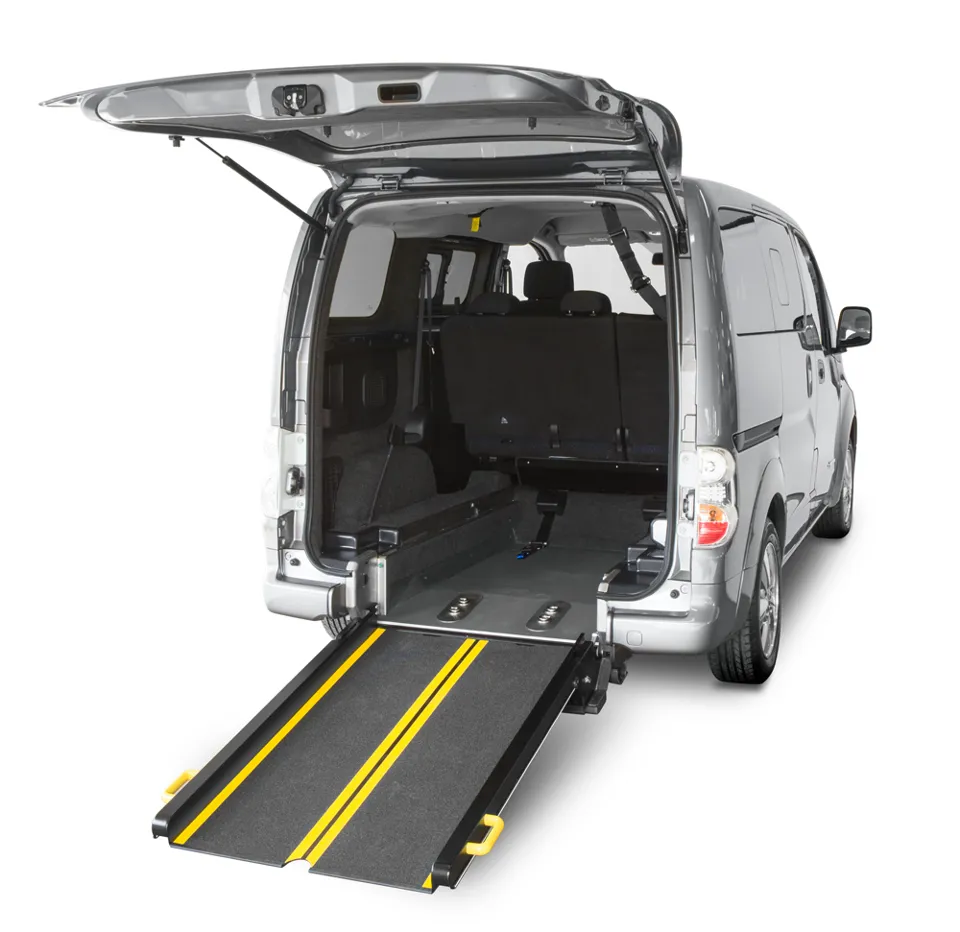Brotherwood Automobility has teamed up with Nissan to launch the Brotherwood Envy, the UK’s first fully wheelchair accessible electric vehicle based on the Nissan eNV-200 Combi.
The Nissan eNV-200 on which the Envy is based uses Nissan’s plug-in technology, sharing the 24kW battery and 80kW motor ePowertrain from the world’s best-selling electric vehicle, the Nissan Leaf. This proven platform endows the Envy with a range of 106 miles, which when equipped with the Rapid Charge facility enables the battery to be fully charged in four hours, or topped up to 80% within just 30 minutes.
The zero-emission powertrain offers significant savings in running cost for service providers requiring a multi-purpose vehicle with wheelchair accessibility.
It is the first wheelchair accessible vehicle to offer Congestion Charge exemption, 0% Benefit-in-Kind until 2015 and ‘fuel’ cost reduced to as little as 2p per mile. Servicing costs are also thought to be approximately £350 lower than an equivalent petrol or diesel powered vehicle.
With CO2 emissions of 75g/km or less until March 2018 all Ultra-Low Emitting Vehicles (ULEVs) will benefit from 100% FYA First Year Allowance unlike the vast majority of petrol and diesel models available today.
In total, it is estimated that inner city users in particular could save over £4,000 per vehicle per year by switching to electric power, says Brotherwood.
The Brotherwood Envy conversion offers a multi-purpose vehicle without compromise; the five standard passenger seats are retained, whilst the wheelchair user travels on a low, level and flat floor.
Wheelchair loading is made fast and easy with the shallow, counterbalanced Brotherwood ramp and easy-use restraint system.
The Envy is also the first vehicle to benefit from the newly designed Brotherwood ramp system, which slides into the boot floor when not in use to create a flat luggage area when no wheelchair passengers are on board.
Brotherwood managing director John Daniel said: “The Nissan ENV200 has enabled us to understand electric power and to embrace the new technology that is here to stay.
“I believe the main interest in this versatile, compact, low running cost vehicle will come from organisations such as county councils, NHS and local authorities.”

















Login to comment
Comments
No comments have been made yet.